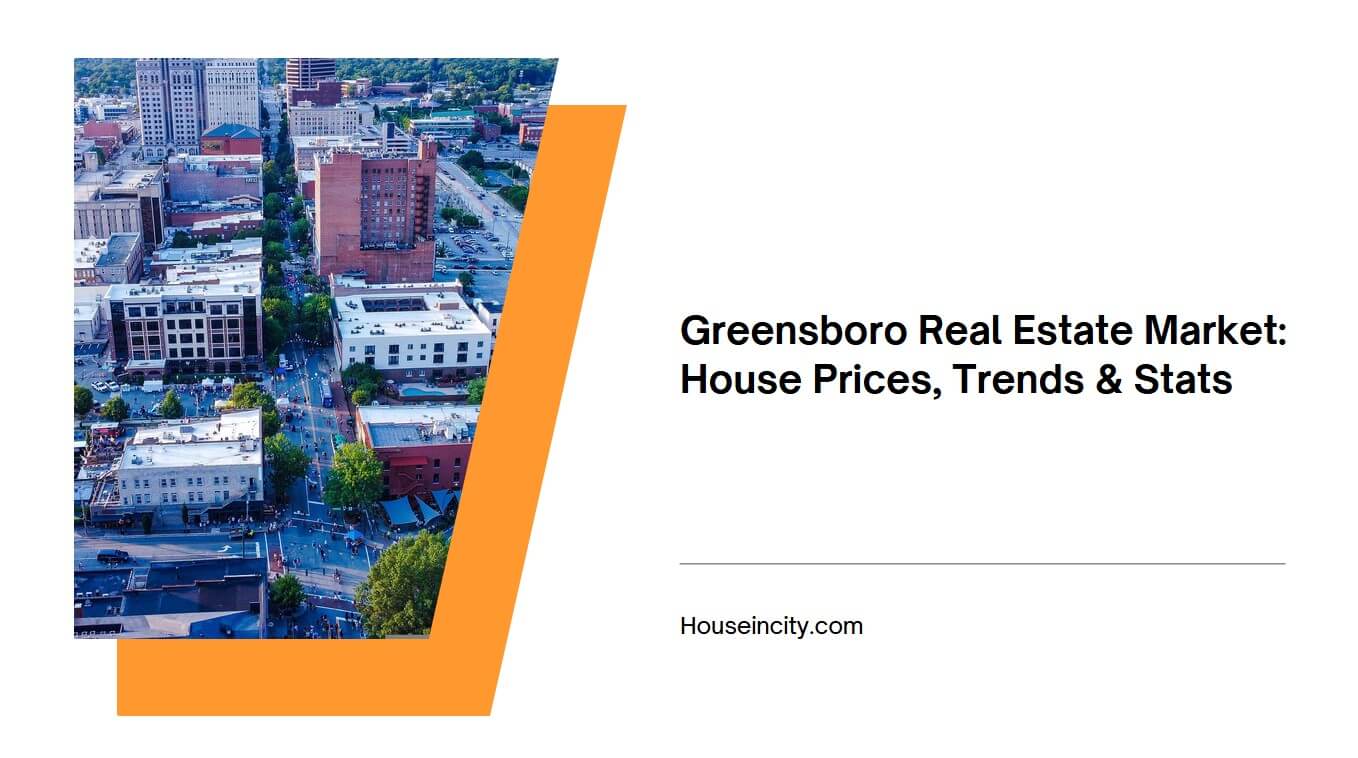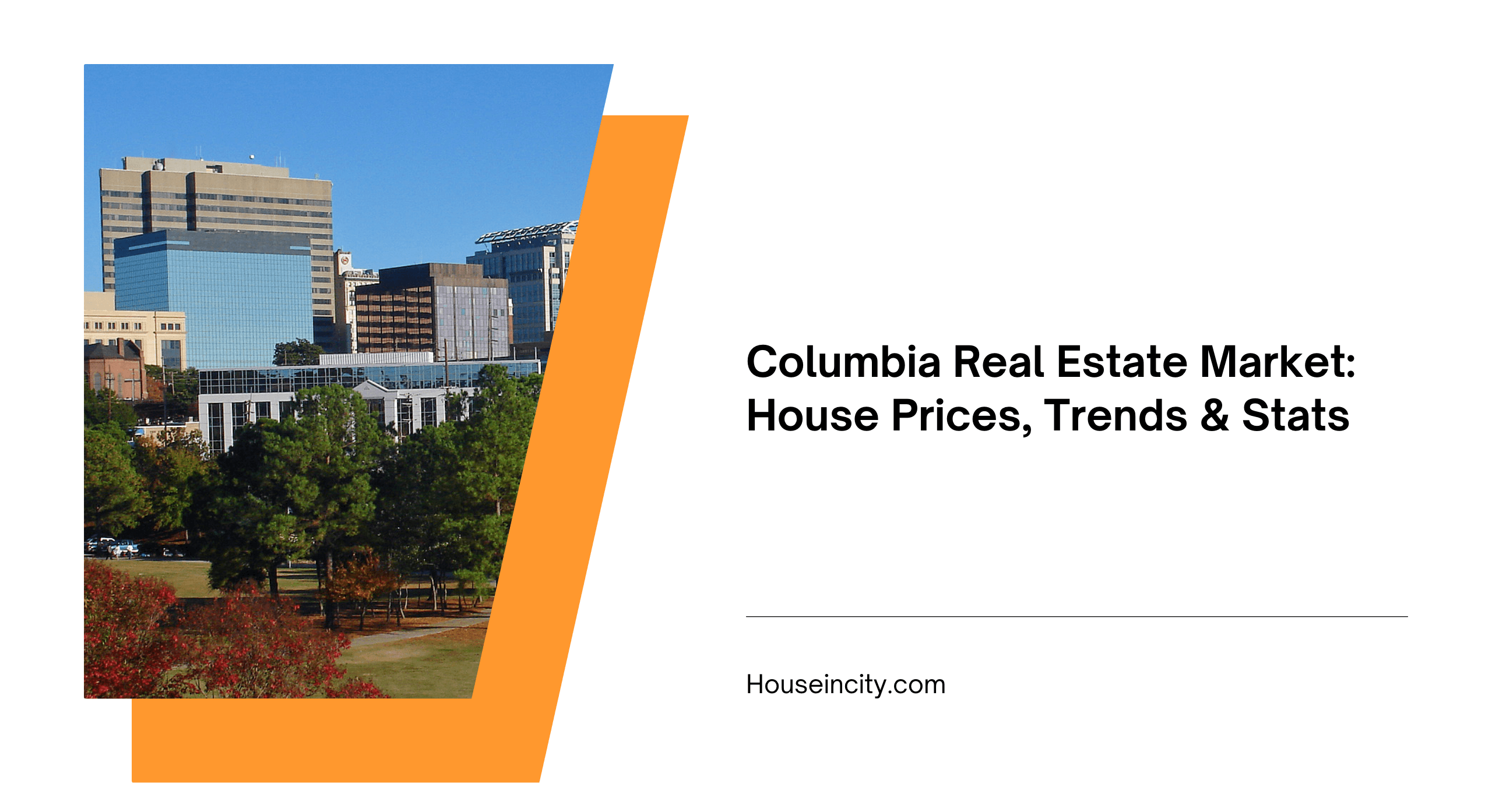The real estate market in Southern Arizona has been rapidly growing, and housing experts forecast high growth in the Tucson real estate market this year. A decade ago, the real estate market in Tucson made headlines as it reached amazing highs before the average home value was cut in half. However, the investors and media did not notice its slow recovery. Buyer activities have been strong in this state, thanks to the low mortgage rates and strong economy.
The levels of housing inventory are still under historical norms. Housing prices continue to increase in the Tucson housing market as supplies and demands continue to favour. In this article, we will share with you anything about the housing market in Tucson, Arizona.
Tucson, AZ at a Glance
Tucson is home to more than a million people in the metropolitan area, making it the second most populous city in Arizona, just right behind Phoenix. This beautiful city is located an hour north of the US-Mexico border and 2 hours southeast of Phoenix. The economy here is driven by a variety of both public and private business sectors, including international trades, information technology, biotech, education, defense, and aerospace.
More and more people consider Tucson as a nice alternative to living, working, and investing as it has tons of industries, almost perfect climate, and countless outdoor activities. Moreover, the natural beauty of Tucson is undeniable. Dreamy desert skies, gorgeous mountain views, and remarkable sunsets. With a rising number of remote jobs, people now realize that they do not have to work in a crowded, tough, metro area like New York City when they can live in Tucson instead.
Though it is the second most populated city in Arizona, the average commute in Tucson takes less than 25 minutes. Here, winters are mild, summers are dry instead of humid, and it prettily blends traditions, cultures, and religions.
Tucson Real Estate Market Stats
When it comes to Tucson Arizona real estate market, homebuyers who are searching for affordability in a big city are lucky. According to Zillow, the price of the typical Tucson houses for sale is $291,511, which is lower than the national median. However, local real estate experts mention that some potential homeowners find it hard to keep up with the rising housing prices.
Based on Zillow’s report, the housing price in Tucson increased by 29.5% last year. Given that this city has an average income of $43,425, it can be understood how some buyers cannot reach Tucson. The housing market in Tucson is experiencing quite strong demand. But it is away from the crazily overheated conditions it experienced in the housing bust back in 2008.
Last year, it was proved that the Tucson real estate was incredibly strong, ending the year on a high note. The residential real estate activity in Tucson was high back in February 2022. Home prices are increasing compared to last year. The year-to-date average sales price for a single-family home is $354,999, which rose 22.4% from last year.
From January to February, 2,059 single-family homes in total have been sold, which slightly decreased 0.6% from 2021. Sellers averagely received 100.1% of their original list price at sale, a year-over-year improvement of 0.4%. A slight decrease can be linked to an increase in mortgage interest rates, shortly exceeding 4% in February, the highest level since May 2019.
Population Growth in Tucson
Looking at the demand for rental properties in the Tucson metropolitan area, the city might not be one of the quickest-growing cities in Arizona. But it is one of the smartest-growing ones in the region. Pima County, which is where Tucson is located, has grown by 6.4% for the last 10 years, adding more than 63,000 new residents. Here are some statistics about population growth in Tucson.
- With more than a million residents in the Tucson metropolitan area as well as a population of 543,000, the city is the second biggest city in Arizona.
- The population growth in Metro Tucson was 0.79% and it is predicted to be around 1% for the upcoming several years.
- There are cities outside the Tucson metropolitan area, including Green Valley, Oracle, Catalina, and Benson.
- According to the BLS, unemployment in the city is 3.1%. While the number of employees rose by 2.3% last year.
Living Cost in Tucson
The overall Tucson Arizona cost of living is higher compared to most other metro areas in Arizona. The living cost in Tucson is approximately 4 percent above the national average. But it is still lower than other US metro areas like Seattle, Portland, and San Diego.
Job Growth Acceleration in Tucson
The universities and military base in Tucson generate demands for rentals in the city’s real estate market. Another factor that drives the demand is the overall job market in the city. For instance, Raytheon Missile Systems hires about 10,000 employees. Though Tucson is not the capital of Arizona, this city is home to a number of governmental agencies. For example, the US Customs and Border Protection division hires several thousand people in and around Tucson.
Pima County and the State of Arizona each has several thousand jobs in this area. Though a slowing of net natura change occurs, the population growth in the Tucson housing market area increased since 2016 due to increased net in migration. The net in migration was 3,400 people on average per year from 2011 to 2016. While net natural change slowed to averagely 2,875 people a year.
Despite the net natural change slowed further to averagely 1,500 people per year since 2016, the population growth rose to averagely 8,750 per year because net in migration accelerated to averagely 7,250 people annually as job growth accelerated.
Life Quality in Tucson
According to the US News and World Report, Tucson ranks the 81st best place to live in the country as well as the 116th best place to retire. Metro Tucson receives high rankings for job market, desirability, and life quality. Here are some stats about the quality of life in the city.
- According to Forbes, the living cost in Tucson is 1 percent below the national average.
- The city has high ratings for outdoor activities, weather, public schools, and nightlife.
- Tucson has air quality that is one of the best in the country, ahead of major nature places like Colorado Springs and Honolulu.
- Tucson has a semi-dry climate. As it has been mentioned before, the winters here are mild and the summers are dry instead of humid.
- Tucson and its surrounding area have a lot of attractive places to visit, such as the Pima Air and Space Museum, Arizona-Sonora Desert Museum, DeGrazia Gallery in the Sun, and Old Tucson Studios.
Tucson Real Estate Market Trends
Real estate experts categorize the real estate market in Tucson as somewhat competitive, leaving choices for both sellers and buyers. In general, Tucson house for sale sells within around 26 days. Several homes in Tucson receive some offers, but usually sell for around their price list. The demand from buyers exceeds the current supply of homes for sale in this city, making it one of the hot sellers’ real estate markets.
The home prices tend to be higher and is more appealing for sellers in this phase. The lack of supply and rise in the demand for housing will drive the price higher in the city’s housing market. Months supply of inventory for single-family homes was only 0.7 back in February, meaning that it will take less than 3 weeks for the latest inventory of homes for sale given the current sales pace.
This year, signs show that the demand from buyers will stay high and limited availability will continue to push several offers and higher prices across much of the housing inventory. Mortgage rates are increasing close to 4 percent that may encourage buyers to quickly make an action and lock in their housing costs for the long term.
The demand exceeds the supply for favoring sellers in the area. The average list price was $336,300, trending up 20.5 percent from year to year. Tucson is the county seat of Pima County in Arizona. The average list price of homes in Pima County was $350,000, trending up 18.6 percent from year to year. The average listing price per square foot was $205. And the average sale price was $336,000.
Buyers ideally would prefer a sale to ask price ratio that is near 90 percent. Sellers in Pima County successfully maintain good leverage in these negotiations in the last month because the sale to list price ratio was 100 percent. Homes in Pima County are for sale for approximately the asking price on average. Sellers would always choose scenarios that can generate a ratio of 100 percent or higher.
Sam Hughes in Tucson is the most expensive neighbourhood with a median listing price of $580,000. While Hedrick Acres is the most affordable neighbourhood in the city with an average listing price of $172,000.
Tucson Housing Market Forecast
Regardless of the 29.5 percent year-to-year average price increase, real estate pros forecast that the housing market in Tucson will keep its rising trend until the next year. One of the reasons for this is that the housing inventory is predicted to stay below the normal level. Though the housing price grows higher in Tucson during the last year, those who live in more expensive cities outside the city see Tucson as a more affordable option.
Purchasing a house in Tucson also becomes a proper choice for more people who now have the chance to work remotely. The real estate market in Tucson is forming to continue the trend of the past few years as one of the hottest markets in the United States. Zillow, which is a real estate database company, showed that house prices in this city remained nearly flat during a short period between 2014 to 2015.
According to Zillow Home Value Index, the typical home value in this city has appreciated by about 91 percent since 2016. $305,752 is the current typical value of homes in Tucson. This value is adjusted seasonally and includes only the middle price tier of homes. Home values in Tucson have soared up to 23.3 percent over the last year, which is a huge rate of appreciation in a single year.
The population in the Tucson MSA or Metropolitan Statistical Area rose by 0.7 percent 2 years ago, bringing the total population to more than a million residents. It is predicted that the home prices in this city will continue to increase over the next 12 months. Here are the housing market trends in some of Tucson’s popular neighbourhoods.
- Armory Park
The real estate market in Armory Park, Tucson, is not considered strongly competitive. Last year, the home value in this neighbourhood rose by 4.2 percent. Homes for sale take around 58 days in the market. Homes in this area usually sell for 1 percent below the list price so you may have opportunities to negotiate.
- Pie Allen
This neighbourhood is named after John B. Allen who sold pies to Calvary men in the mid-1800s. Pie Allen has parks, highly rated schools, bars, restaurants, and coffee shops. So, it is not surprising that the housing price in this neighbourhood soared by 72.9 percent over the past year. Homes for sale stay in the market for 120 days and sell at 3.2 percent below the list price. This can be an indication that the price hits the highest level in this area.
- Rita Ranch
The housing market in Rita Ranch can be competitive at times. Homes take around 38 days in the market and receive multiple offers. Generally, typical homes sell around 1 percent above the list price while in-demand homes can sell for 5 percent above the list price.
Tucson Real Estate Market FAQs
- Is Tucson Real Estate Market Affordable?
Though the housing price in Tucson is rising and is predicted to continue to increase, the real estate market in this city is more affordable compared to other big cities in the nation.
- Is Tucson Landlord Friendly?
Tucson is very landlord friendly. Arizona’s non-compliance laws require tenants to pay rent as well as give accurate information, or less, they are guilty of violating the contract.


